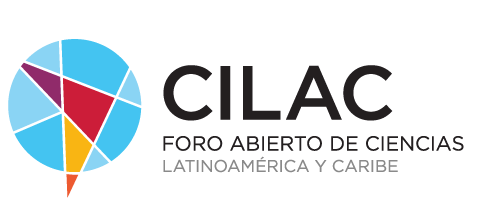
In a homogeneous society, in which everyone has roughly the same background, religion, values, and goals, people will generally agree on what it means to be a good person and live a good life.
However, there is a whole constellation of discrepancies in the intensity of some values, even in their application; and above all there will be differences regarding data, objective information, because not everyone can or knows how to use reliable sources and ends up confused by infoxication. That explains, in part, that yesterday, on Twitter, the hashtag was TT #YoNoMeVacuno against COVID-19.
How to convince? Spoiler: you can't
The problem with excess information is that it is difficult to find the truth, but also that it is extremely easy to support any idea, theory or whim with mountains of data. As proof, a button of some of the images that were shared yesterday on Twitter under the hashtag #YoNoMeVacuno:

A key principle of liberalism is pluralism: the idea that different people, traditions, and beliefs not only can coexist together in the same society, but must also coexist together because society benefits from vibrant heterogeneity. However, hierarchies have been established regarding the sources of information to which we can turn: A study published in a peer-reviewed journal with a high impact index is not the same as a digital newspaper..
A pluralistic society fuels innovation and progress, where diverse people with unique life experiences develop and share ideas. If people remained in discrete, homogeneous communities, How many lives and ideas that would change the world would never have existed? The problem is that there are statements that, at all levels, including the epistemological level, are false.

They are statements, at least, so false that to be sustained (and respected), it is not enough to appeal to freedom of expression: the statements must be supported with the same epistemological strength as the idea that is being refuted: For example, if you say that vaccines are dangerous, provide scientific literature of the same level as that which states that vaccines are safe.
The opposite would be like asking all the passengers on an airplane, democratically, what kind of maneuver the pilot should perform to approach an impending storm.

When it comes to vaccines, we know scientifically that they are safe. Scientifically we know that they are useful. Scientifically we know that they will cause more benefits than harm. However, half of the population I would not be willing to get vaccinated against COVID-19 right now because he doesn't trust, because of fear, because of conspiracy theories, because they put the chis in it, or for whatever….
COVID deniers aside, in the percentage of the population with a negative response, it seems that the key word is not “vaccine” but “immediately.” Many trust science, but have doubts about the deadlines and, above all, fear of adverse reactions.
We could try to do pedagogy, try to inform people, even try to persuade them with the best possible rhetoric. However, if this doesn't work and we are in a hurry, if there is no time to philosophize because we have to get the vaccine and keep our mouths shut... what do we do to avoid falling headlong into a totalitarian state or to force people to take communion? with millstones? There is a more effective trick than forcing people (which sometimes leads to unexpected and counterproductive consequences): libertarian paternalism. You can learn more about him in the following video:
–
The news
Yesterday, on Twitter, the hashtag #YoNoMeVacuno against COVID-19 was TT and that is a problem
was originally published in
Xataka Science
by
Sergio Parra
.



























